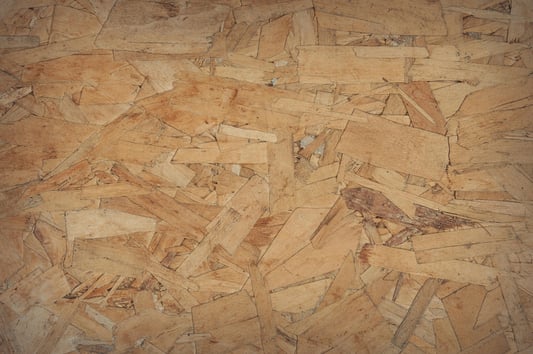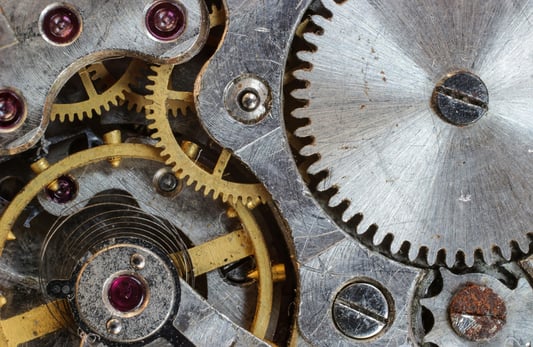Why Tencel Sheets?Tencel sheets are becoming increasingly popular due to their eco-friendly nature and luxurious feel. Made from sustainably sourced wood pulp, Tencel sheets are known for their softness, breathability, and moisture-wicking properties.Benefits of Tencel SheetsTencel sheets are naturally hypoallergenic, making them an excellent choice for those with sensitive skin or allergies. They are also more durable than traditional cotton sheets and have a silky smooth texture that gets softer with each wash.Inspecting the FabricWhen inspecting Tencel sheets, look for any irregularities in the fabric such as snags, tears, or pilling. Run your fingers over the sheets to check for any rough spots or loose threads that could indicate poor quality.Checking the SeamsInspect the seams of the sheets to ensure they are well-stitched and reinforced. A high-quality Tencel sheet will have neatly finished seams that are unlikely to unravel or come apart easily.Examining the ElasticIf the Tencel sheets have an elastic band to secure them to the mattress, check that it is strong and stretchy. A weak or damaged elastic band can cause the sheets to come loose during the night.Assessing the FitBefore purchasing Tencel sheets, make sure to check the size to ensure they will fit your mattress correctly. Sheets that are too small will be difficult to put on and may slip off easily.Testing for ColorfastnessTo test the colorfastness of Tencel sheets, dampen a white cloth with water and rub it on a hidden area of the sheets. If any color transfers onto the cloth, the sheets are not colorfast and may bleed or fade in the wash.Smell TestGive the Tencel sheets a sniff to check for any chemical or musty odors. High-quality Tencel sheets should have a clean and fresh scent, indicating that they have been processed and stored properly.Care InstructionsAlways follow the care instructions provided by the manufacturer to ensure the longevity of your Tencel sheets. Proper care will help maintain the softness and quality of the fabric over time.Final ThoughtsIn conclusion, Tencel sheets are a luxurious and environmentally friendly bedding option that requires careful inspection before purchase. By following these guidelines, you can ensure that you are investing in high-quality Tencel sheets that will provide you with a comfortable and restful night's sleep.Quote InquiryContact us!










